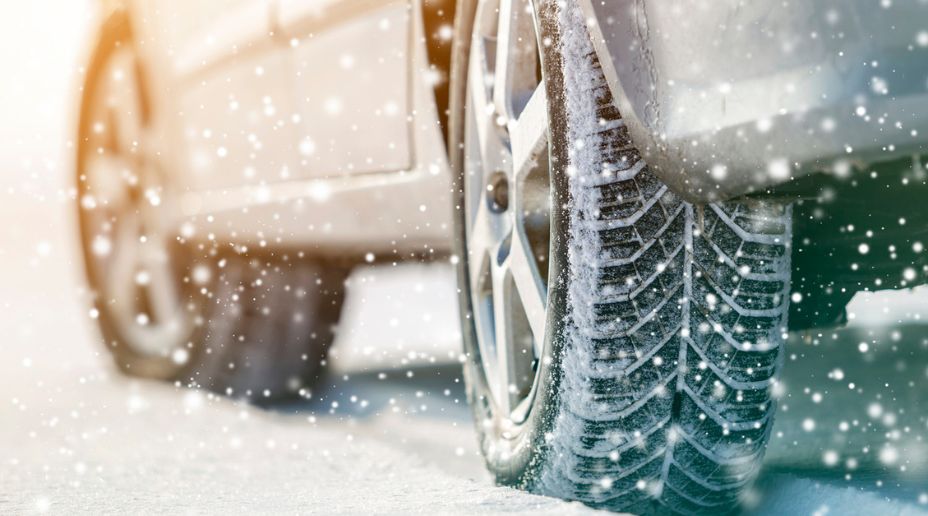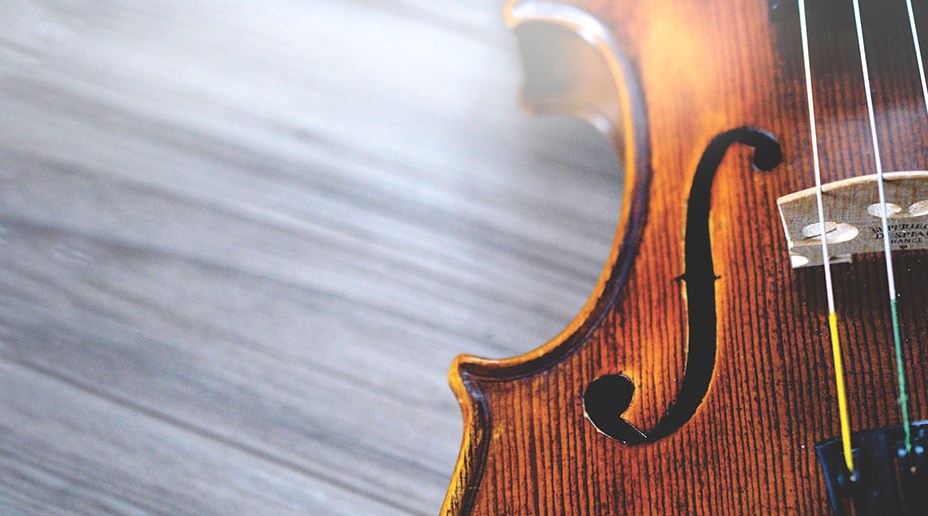Sudden changes in temperature can damage your instrument. Get to the gig early and leave your instrument in its case for a while, then take it out and let it acclimatise to the temperature. Always remember to cool it down in the same way.
The busiest time in the musical calendar is now upon us. Whether you're performing at carol concerts, Christmas parties, shopping events, or busking in the street, it’s a chilly time of year to be performing.
We’ve created this guide to help you prepare for performing in the cold, so you can protect yourself and your instrument.
STEP 1: Let your instruments acclimatise
STEP 2: Take extra care when cleaning
This should already be a part of your routine, but it’s extra important in cooler weather to keep your instrument clean and dry. If you play a wind instrument, leftover moisture and condensation can actually freeze inside your instrument, causing costly damage to pads, springs, and screws.
STEP 3: Keep your eyes (and ears!) on your prized possession
If you notice your instrument is sounding different, not staying in tune, cracking, or otherwise not feeling quite right, don’t hesitate to take it to a repair technician to make sure everything’s OK.
STEP 4: Dress appropriately
Wear layers (maybe even thermal ones) and consider wearing fingerless gloves if possible – these can help keep the circulation going in your hands - very important!
STEP 5: Leave enough time for tuning
Temperature can play havoc with your instrument, making it difficult to tune and play. After you have warmed it up, carefully make sure you spend time getting it in tune – bear in mind that you might have to retune throughout the gig if your instrument really isn’t enjoying the cold.
STEP 6: Look after yourself
Keep your set to a minimum if possible, have regular breaks and try to warm up in between sets or in the interval. Getting too cold will greatly affect your ability to play your instrument - it's important to stay warm and keep those pesky winter colds at bay.
Travelling top tips
- Allow more time to travel and drive carefully
- Listen to and national radio for travel and weather information
- Come prepared with the essentials: ice scraper, de-icer, torch, warm clothes, blanket, boots, shovel, food and drink, first aid kit and mobile phone
- Allow larger stopping distances if conditions are icy or foggy (and don’t forget your fog lights!)
- And lastly, never leave your instruments in the car for long periods or overnight!

Considering musical instrument insurance?
Protect your instruments and equipment by getting a quote online.


